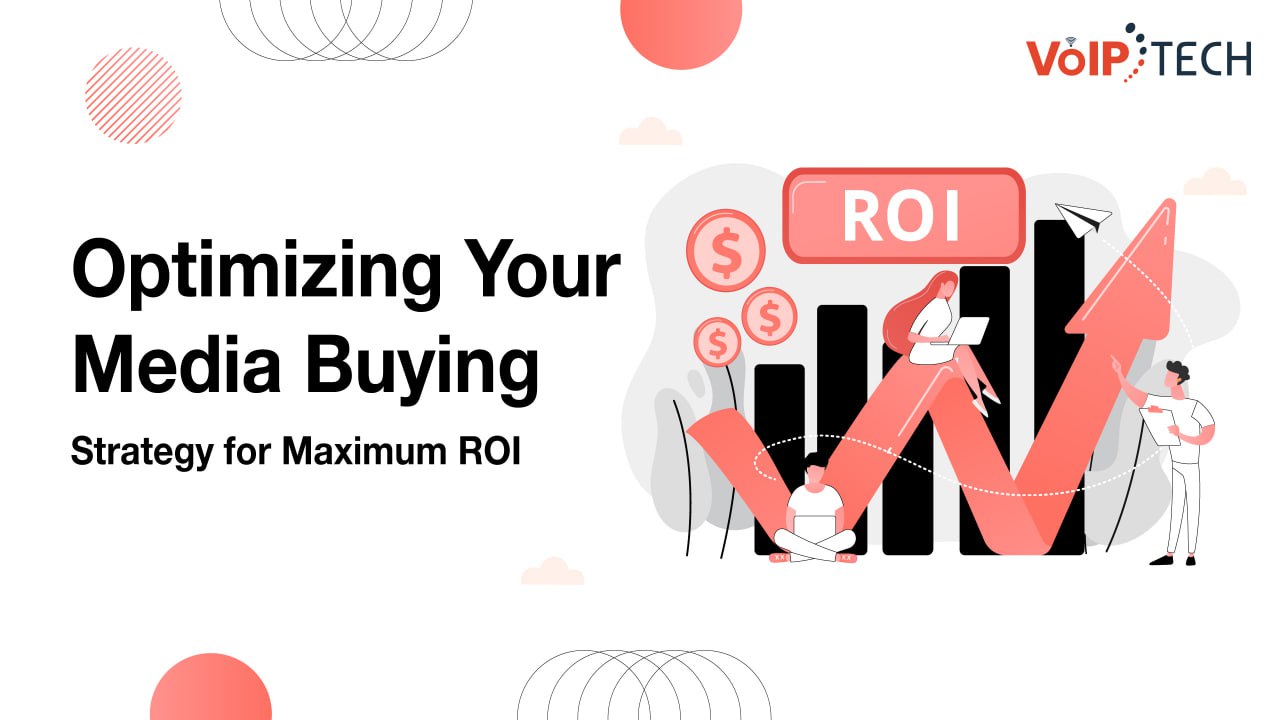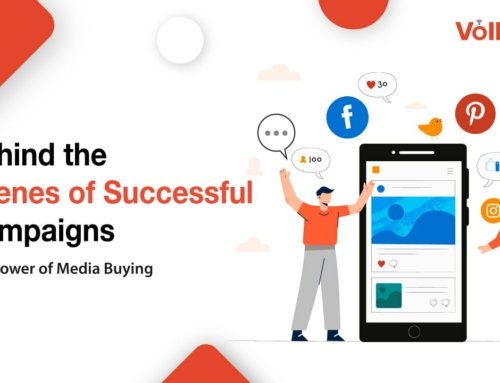In today’s digital age, where consumers are bombarded with countless messages and advertisements, optimizing your media buying strategy is crucial for achieving maximum return on investment (ROI). With the right approach, you can ensure that every dollar spent on advertising delivers the highest possible impact. Here are some key strategies to help you optimize your media buying efforts and achieve maximum ROI.
Define Your Target Audience:
Before diving into media buying, it’s essential to clearly define your target audience. Who are you trying to reach? What are their demographics, interests, and behaviors? By understanding your audience, you can tailor your media buying strategy to effectively reach and engage with them.
Research Your Media Options:
With a clear understanding of your target audience, research the various media options available to you. From traditional channels like TV and radio to digital platforms like social media and display advertising, there are countless avenues to explore. Evaluate each option based on factors such as reach, cost, and alignment with your target audience.
Set Measurable Goals:
To measure the success of your media buying efforts, it’s essential to set clear, measurable goals. Whether it’s increasing brand awareness, driving website traffic, or generating leads, establish specific objectives that you can track and evaluate over time. This will allow you to determine the effectiveness of your media buying strategy and make adjustments as needed.
Monitor Performance Metrics:
Once your media buying campaigns are underway, closely monitor performance metrics to gauge their effectiveness. Track key indicators such as impressions, clicks, conversions, and cost per acquisition (CPA). By regularly analysing these metrics, you can identify which channels and tactics are delivering the best results and allocate your budget accordingly.
Test and Iterate:
Optimizing your media buying strategy is an ongoing process that requires continuous testing and iteration. Experiment with different ad formats, messaging, targeting criteria, and placement strategies to identify what resonates most with your audience. Use A/B testing and other optimization techniques to refine your approach and improve performance over time.
Embrace Data and Technology:
In today’s data-driven world, leveraging data and technology can significantly enhance your media buying efforts. Utilize advanced analytics tools and audience insights to inform your decisions and optimize targeting. Consider incorporating programmatic advertising technology to automate and streamline the media buying process, allowing for greater efficiency and precision.
Stay Agile and Adapt:
Finally, remain agile and adaptable in your approach to media buying. Consumer preferences and market dynamics are constantly evolving, so it’s essential to stay ahead of the curve and adjust your strategy accordingly. Keep a pulse on industry trends, competitor activities, and emerging technologies to ensure that your media buying efforts remain effective and competitive.
Conclusion
By following these strategies, you can optimize your media buying strategy for maximum ROI and achieve your advertising objectives more effectively. With a strategic approach and a commitment to continuous improvement, you can maximize the impact of your advertising efforts and drive tangible results for your business.



